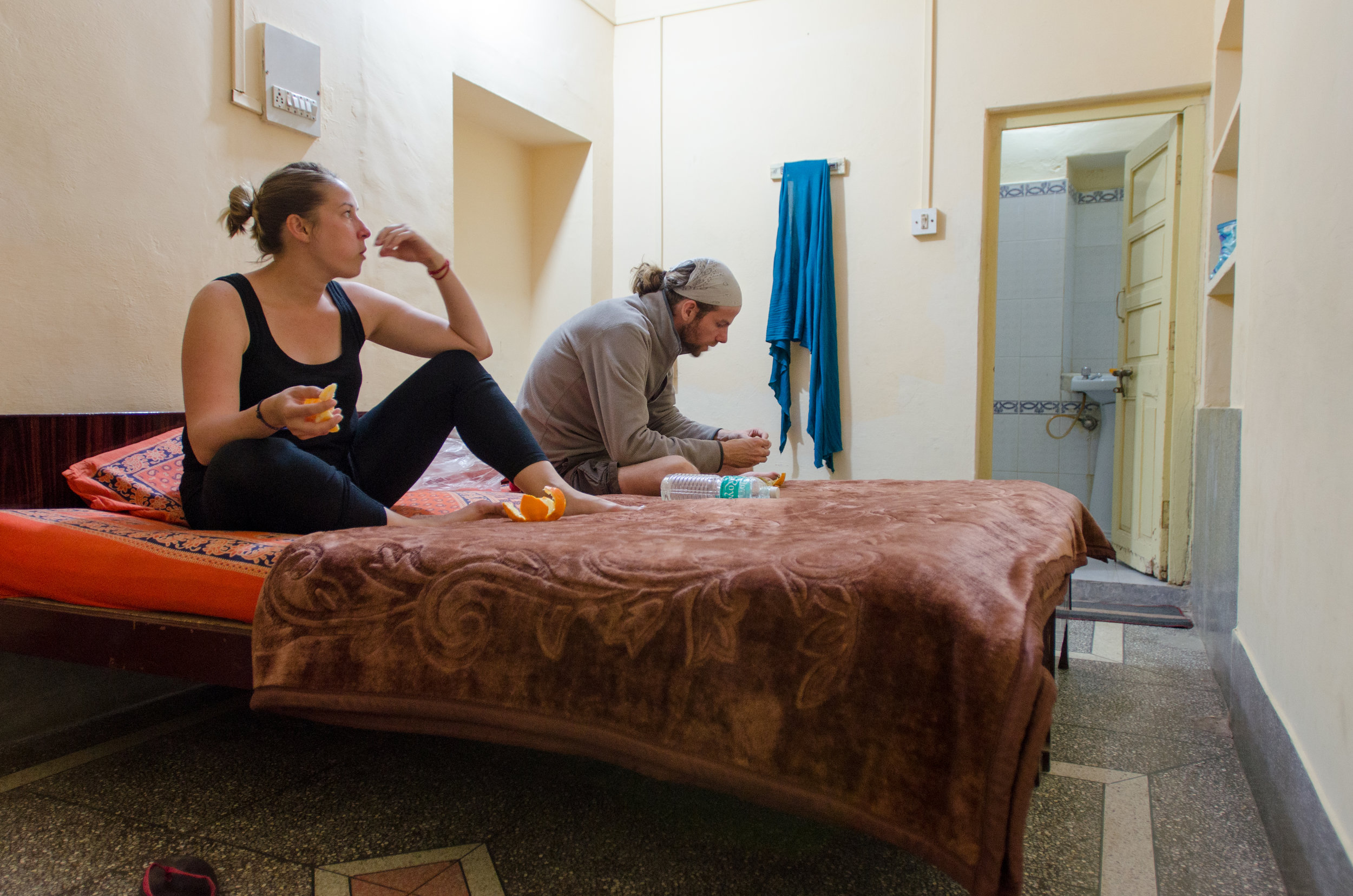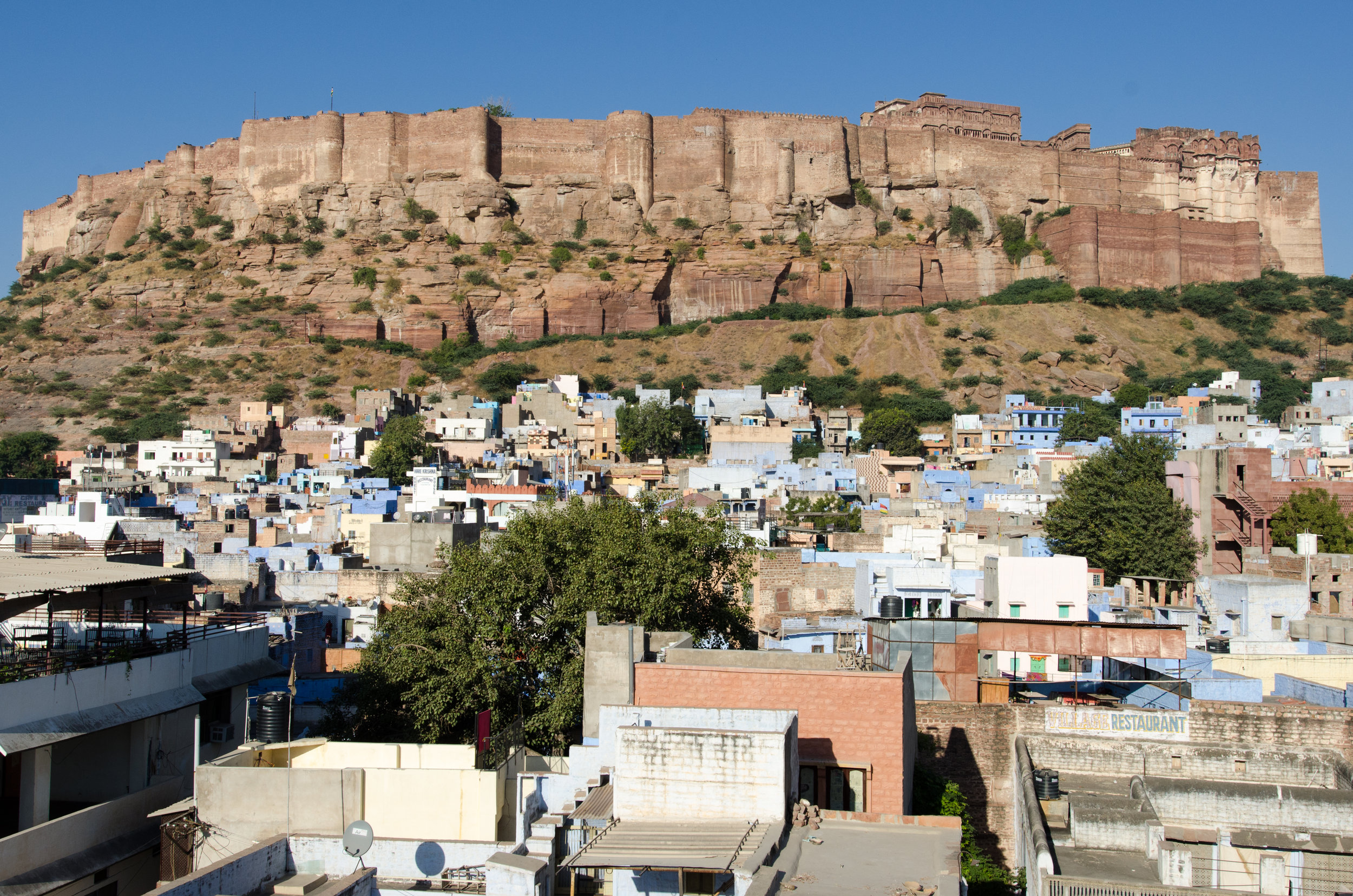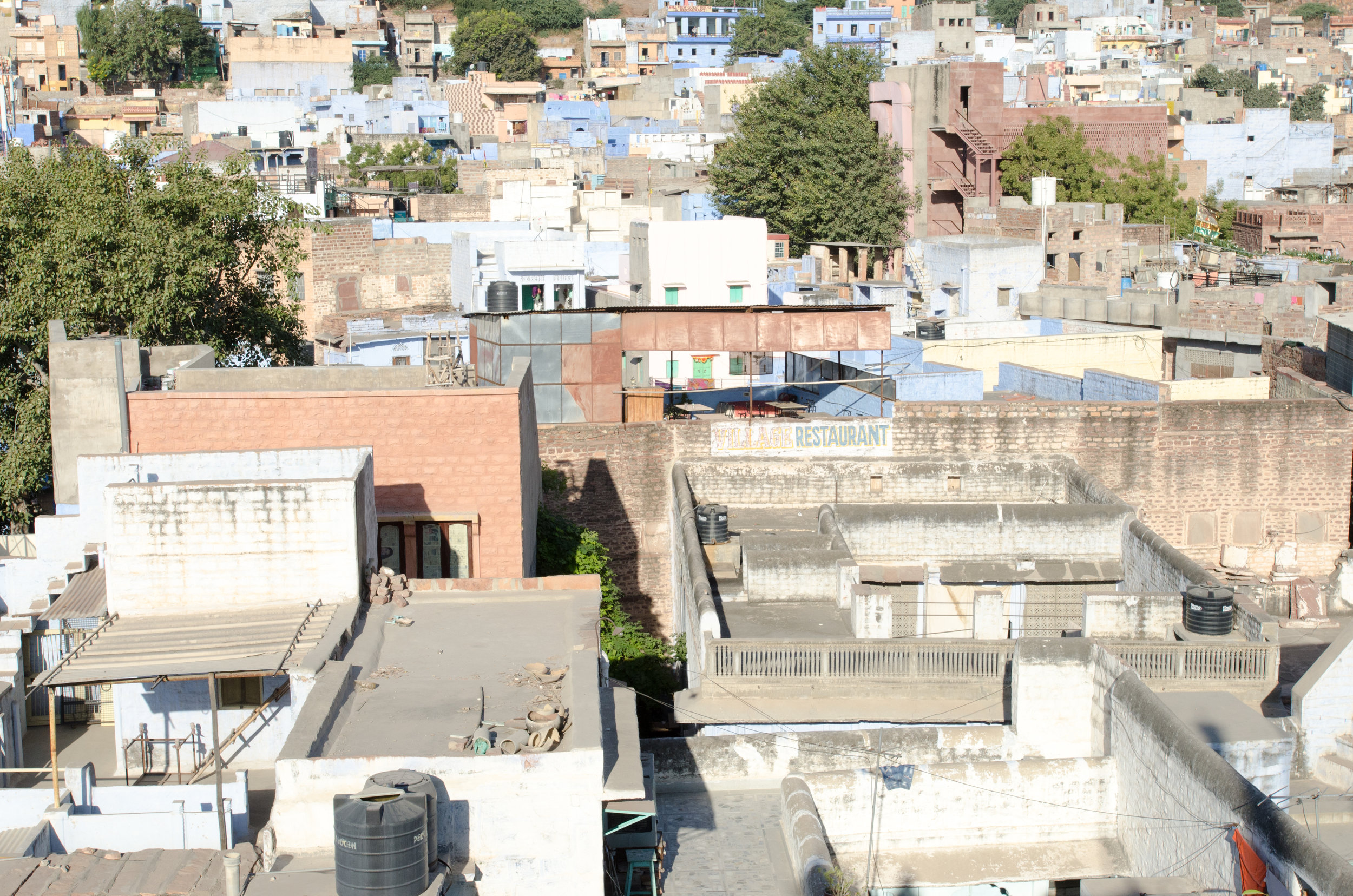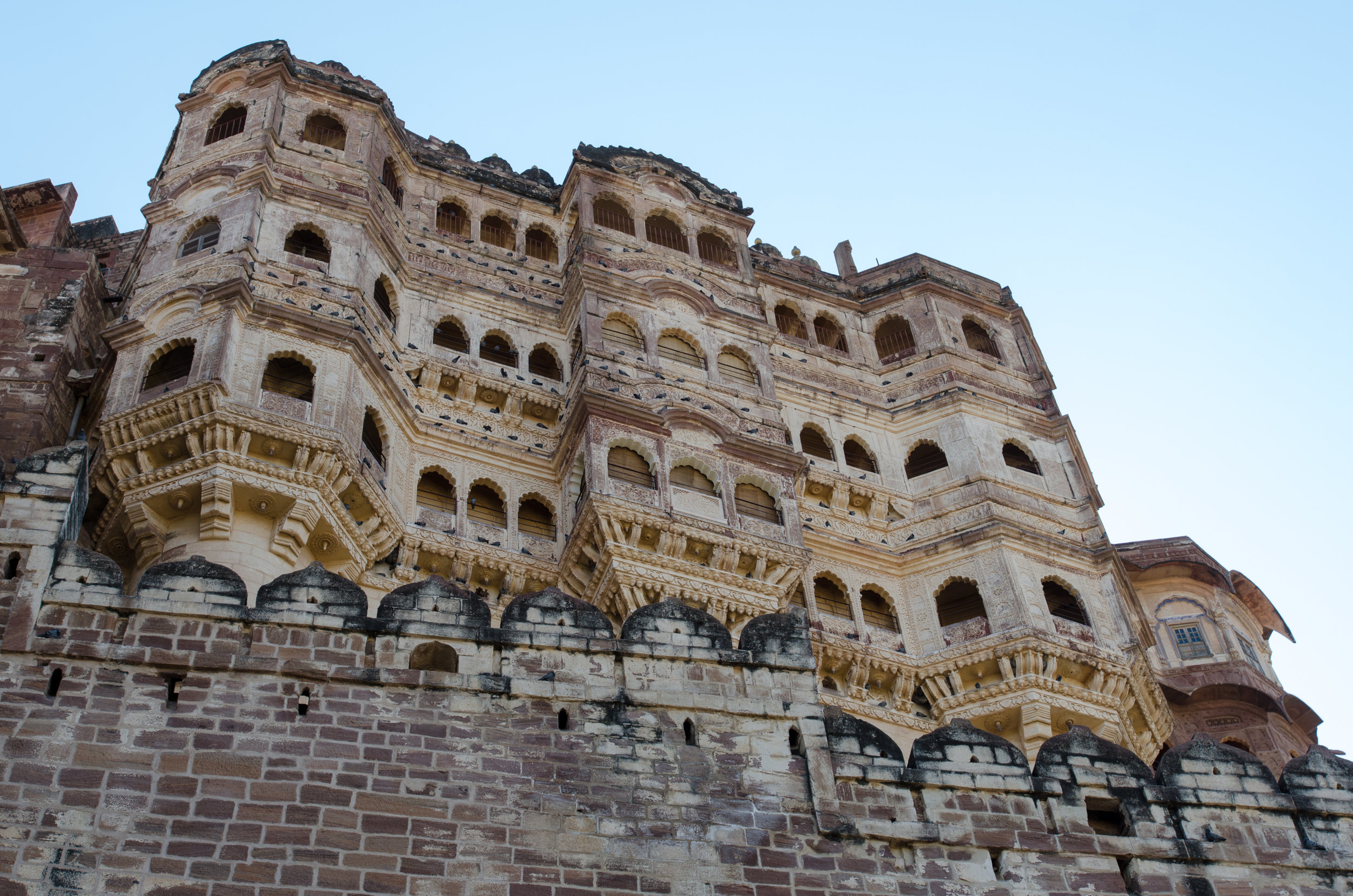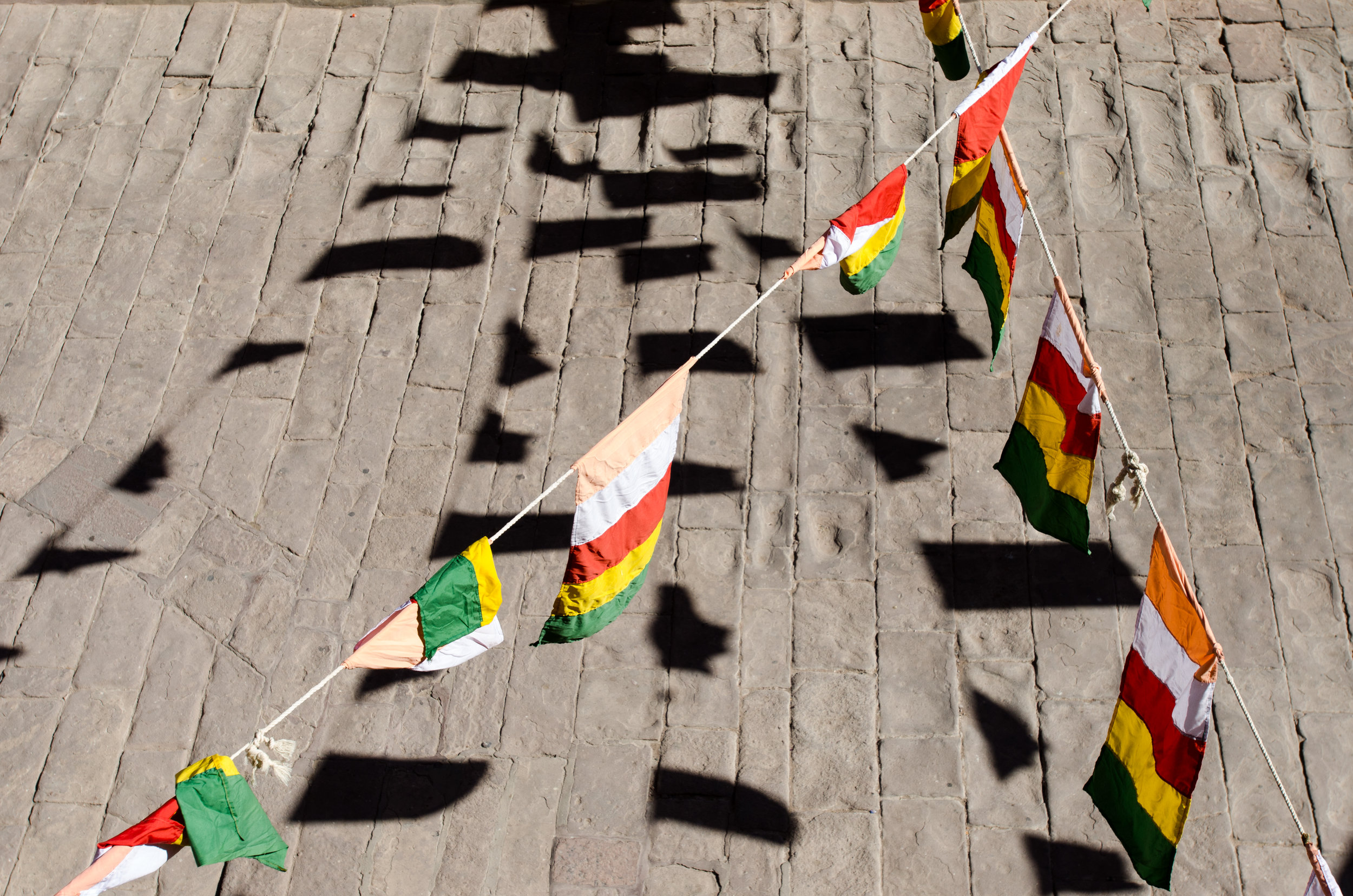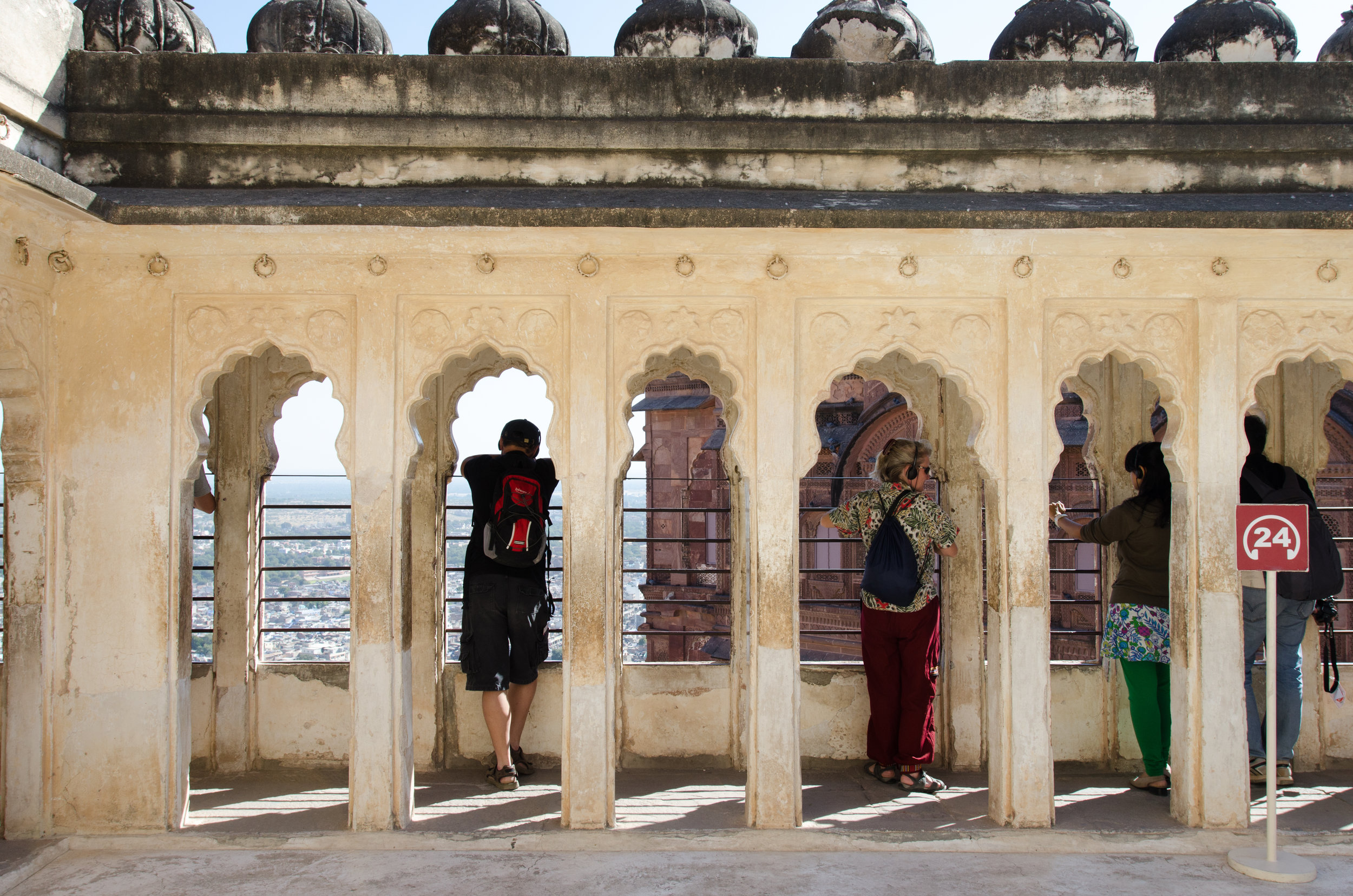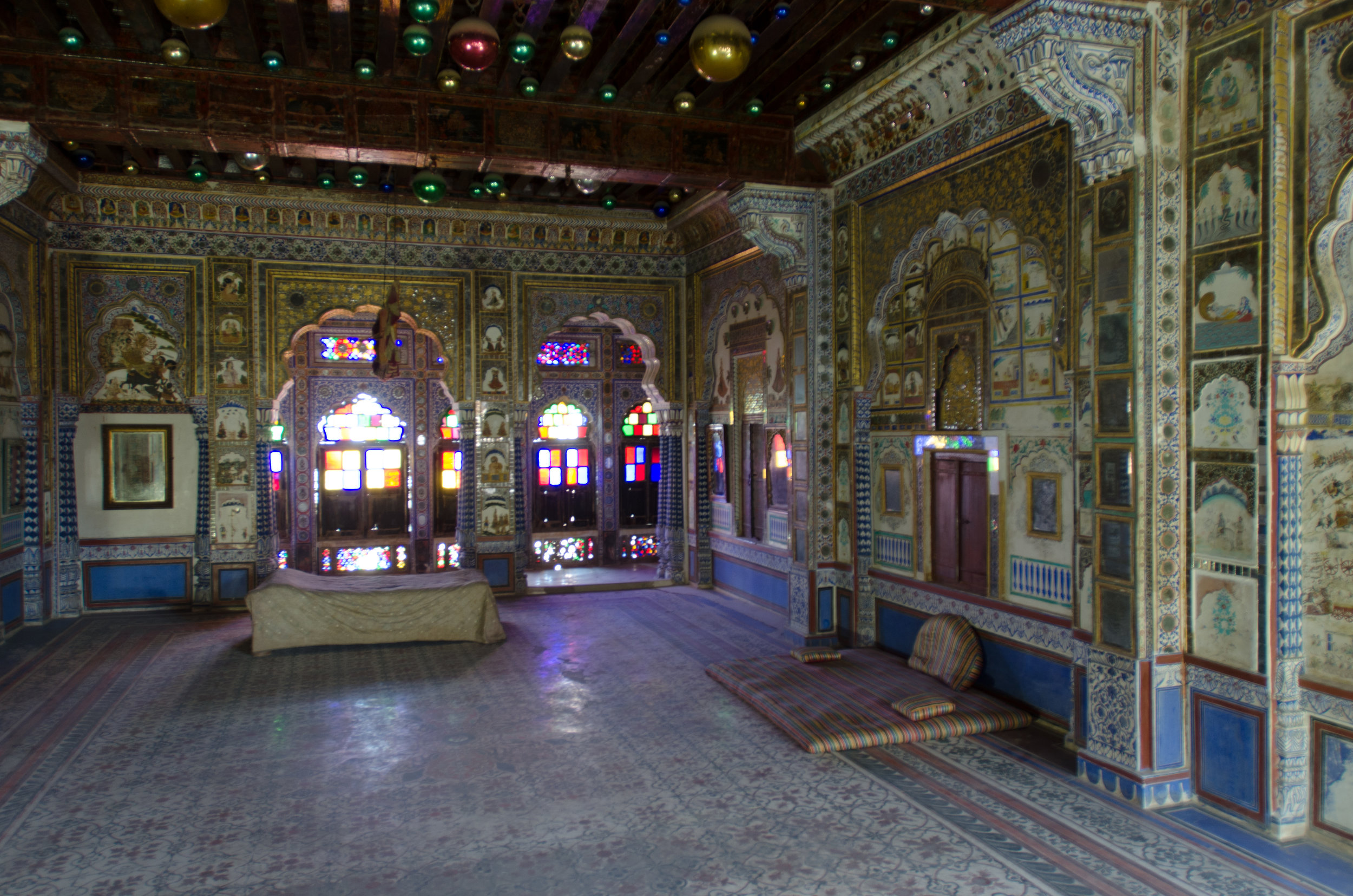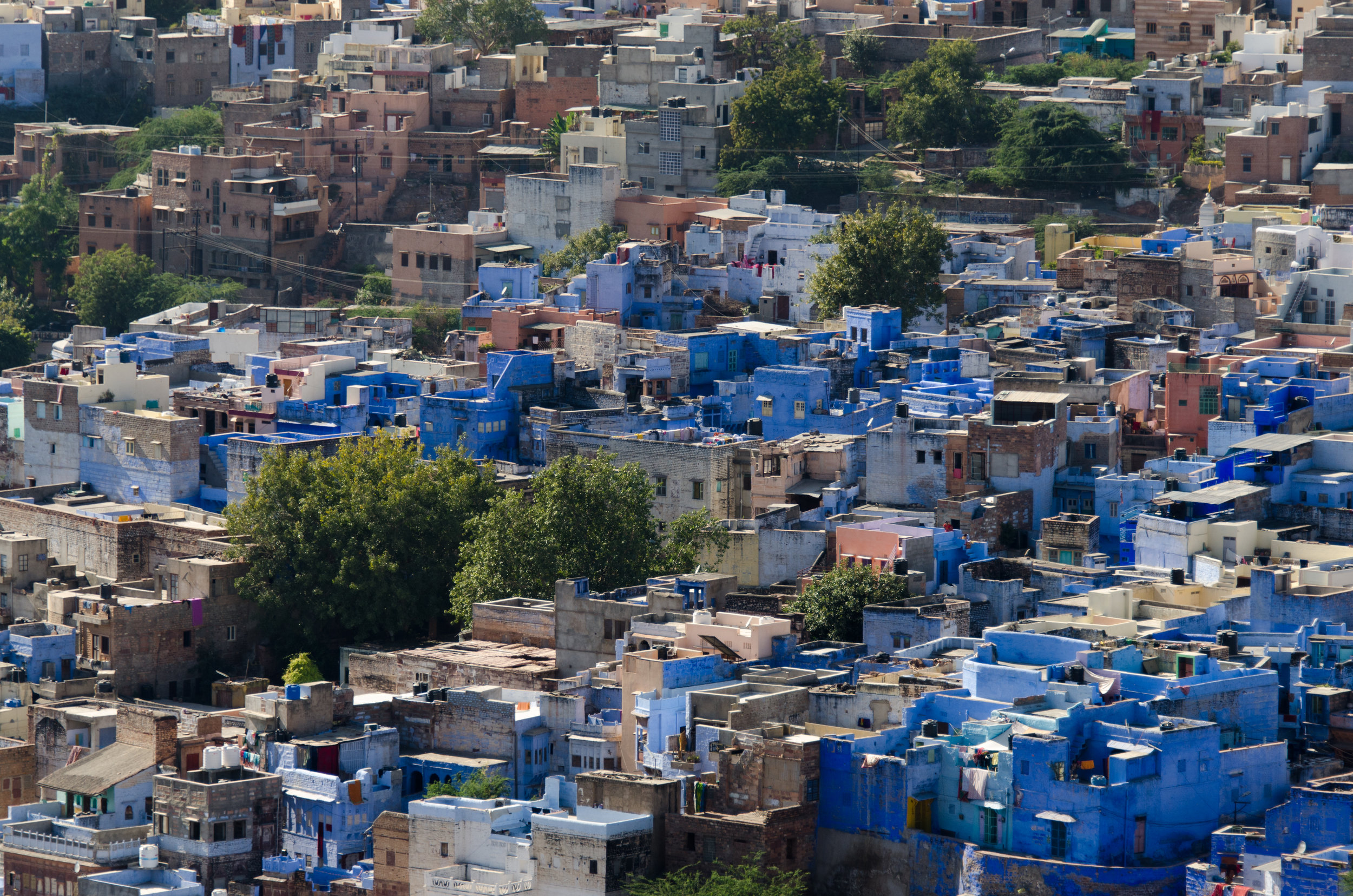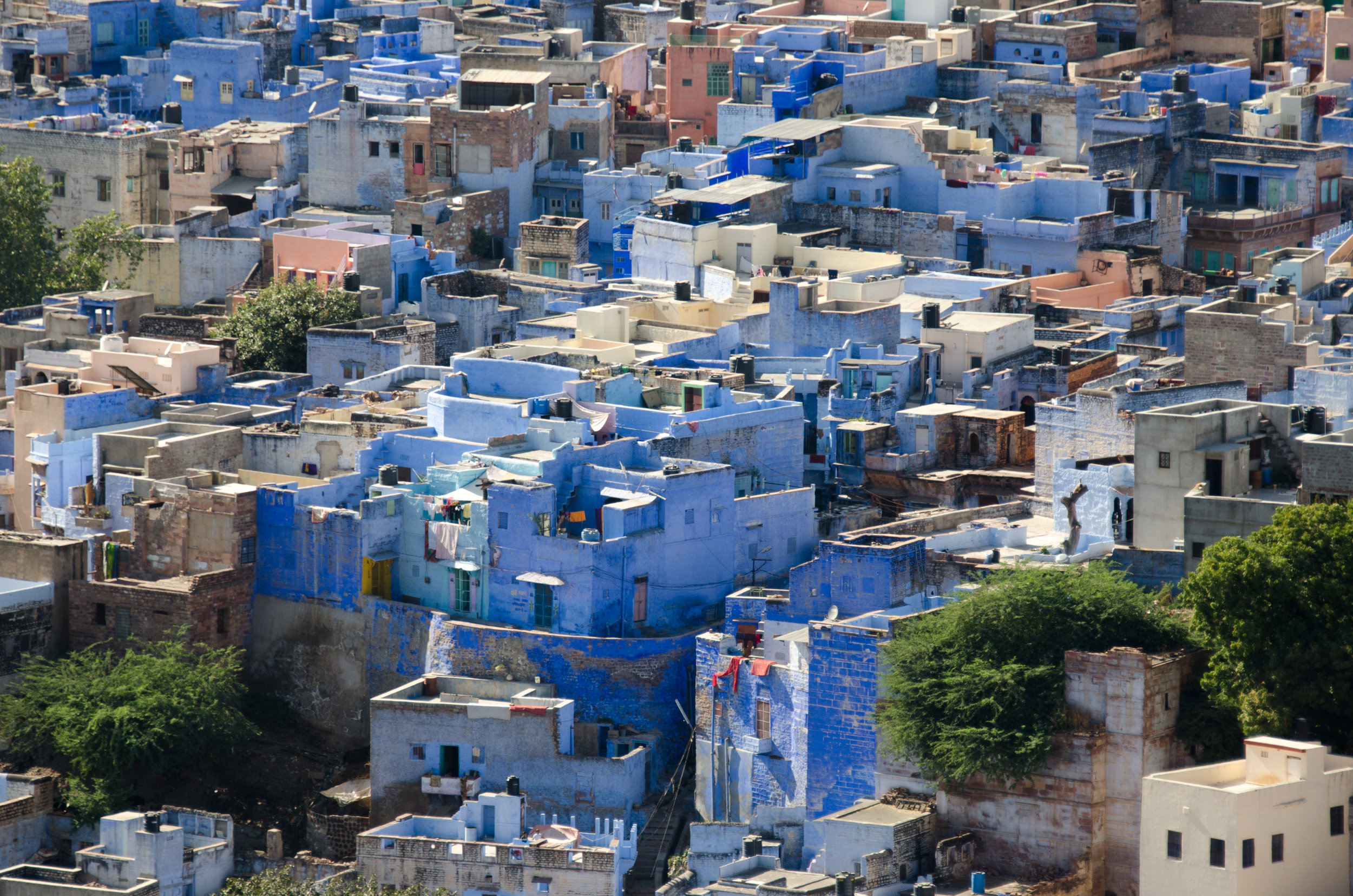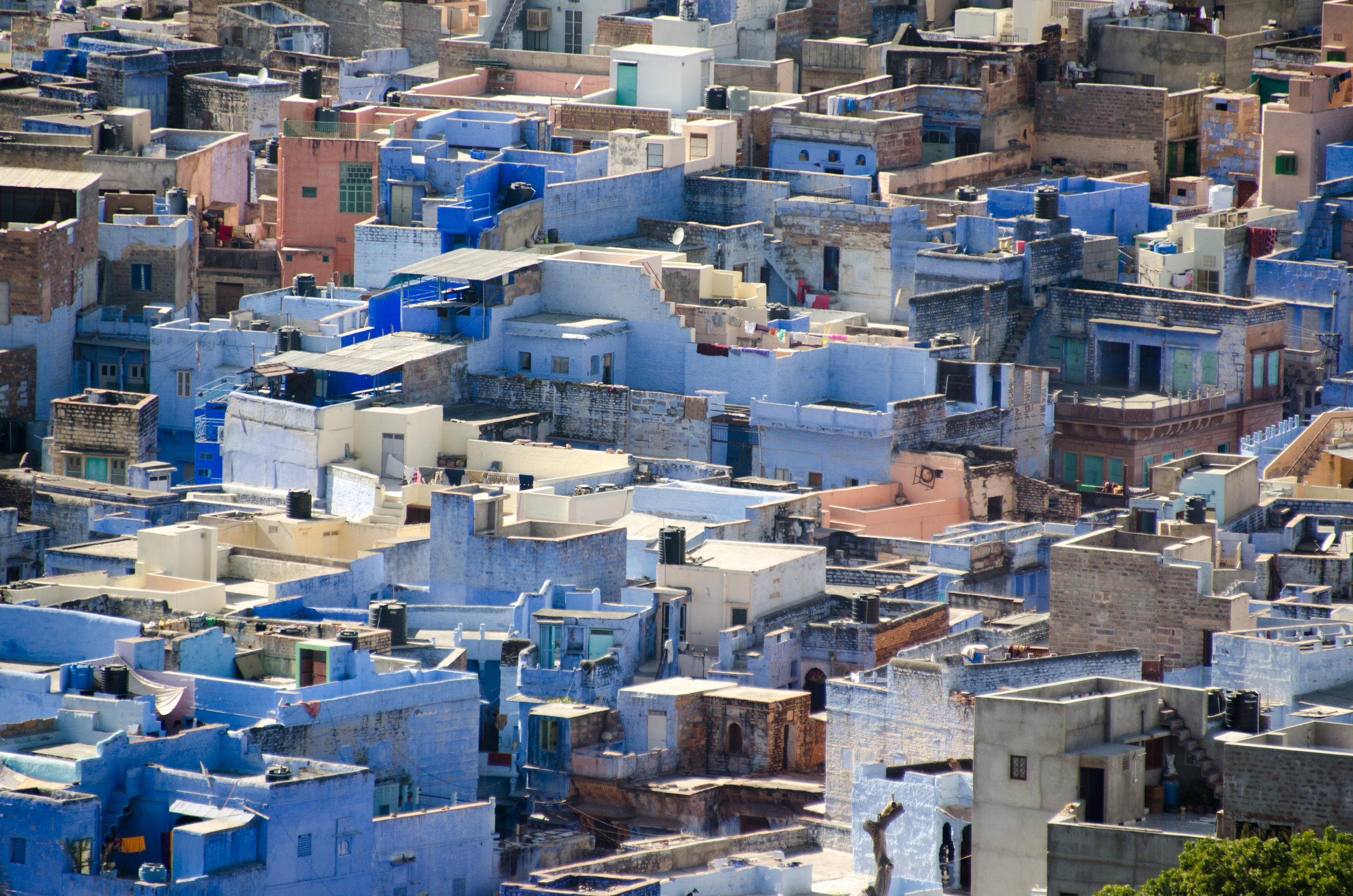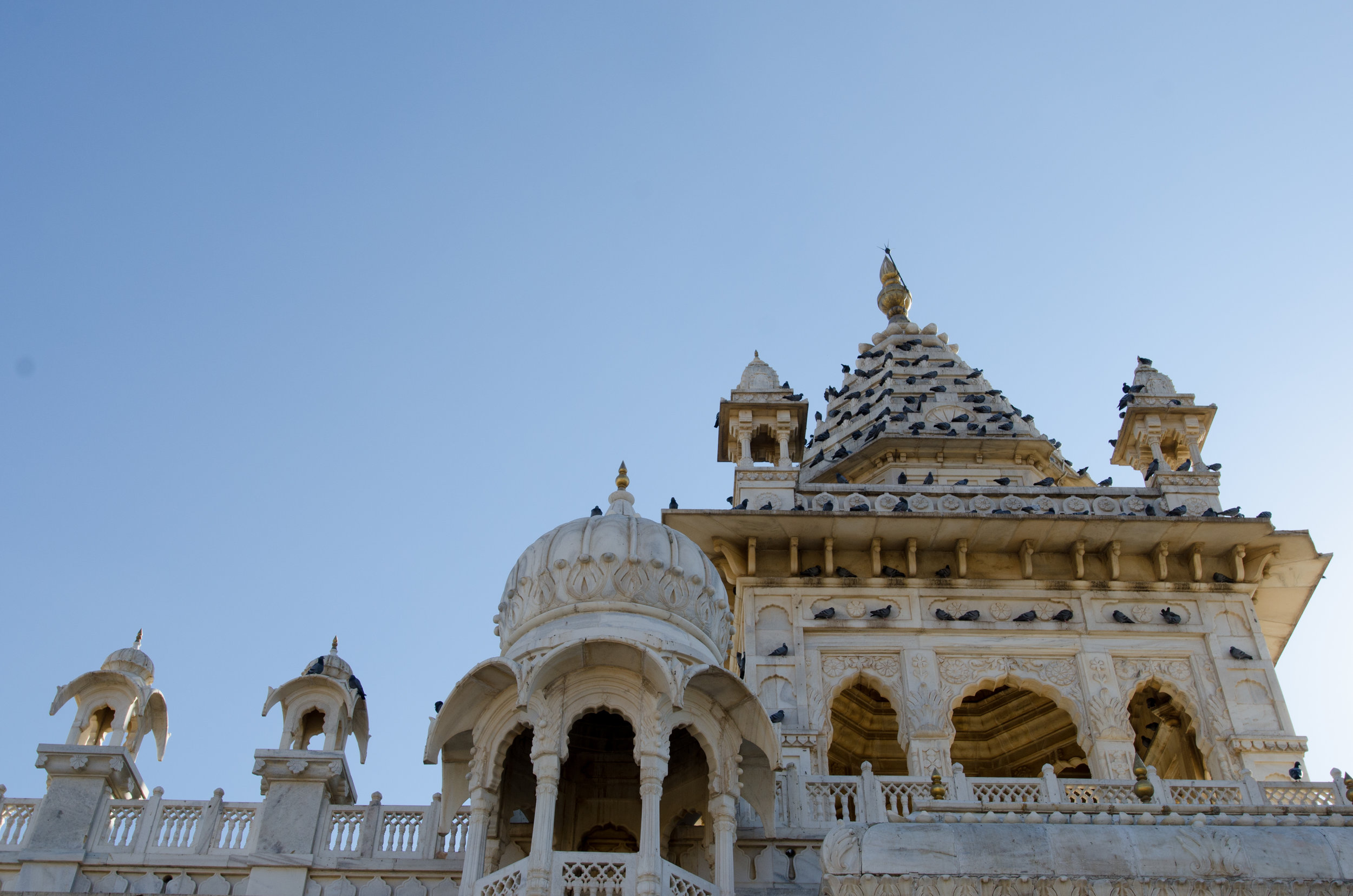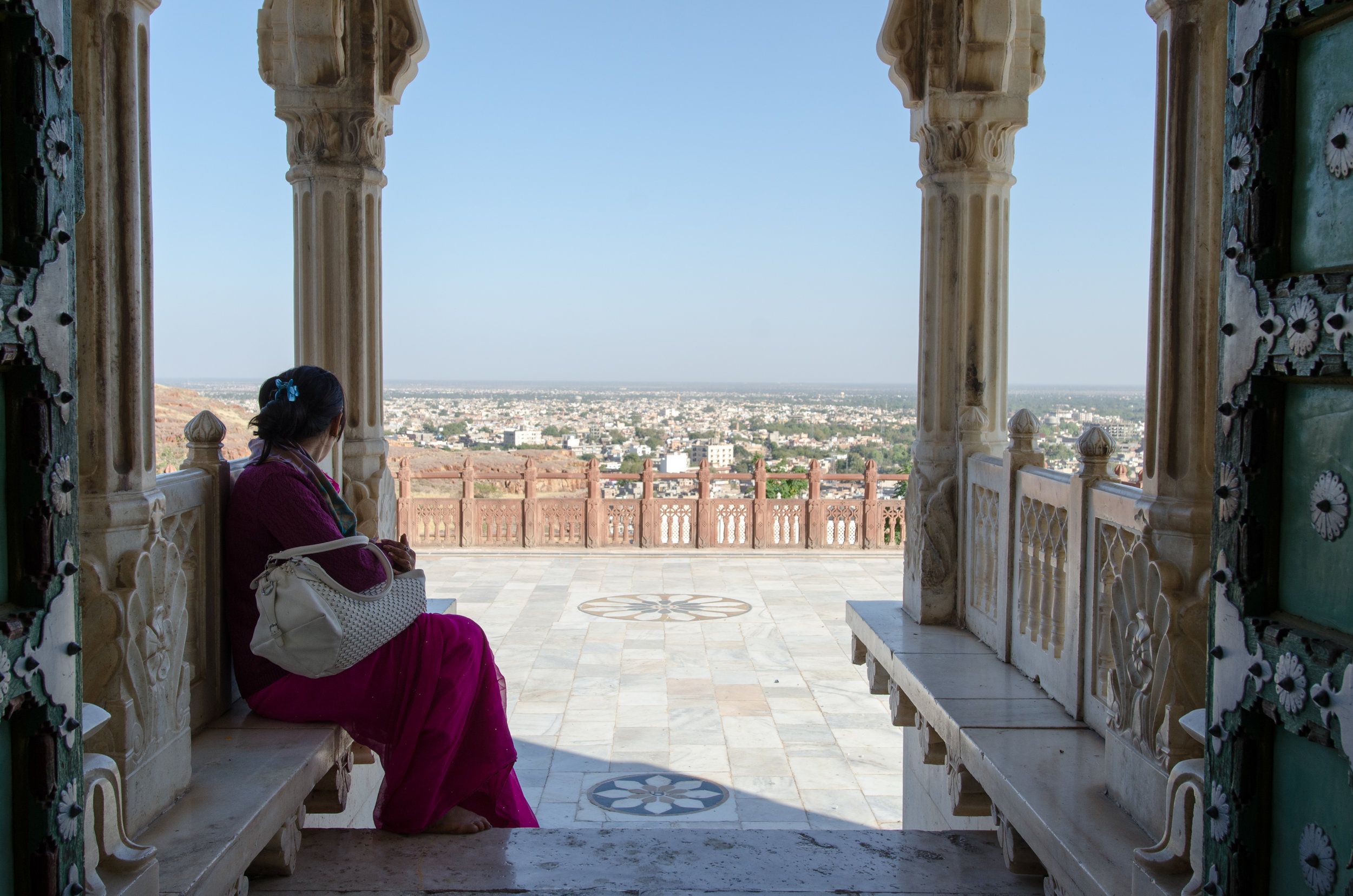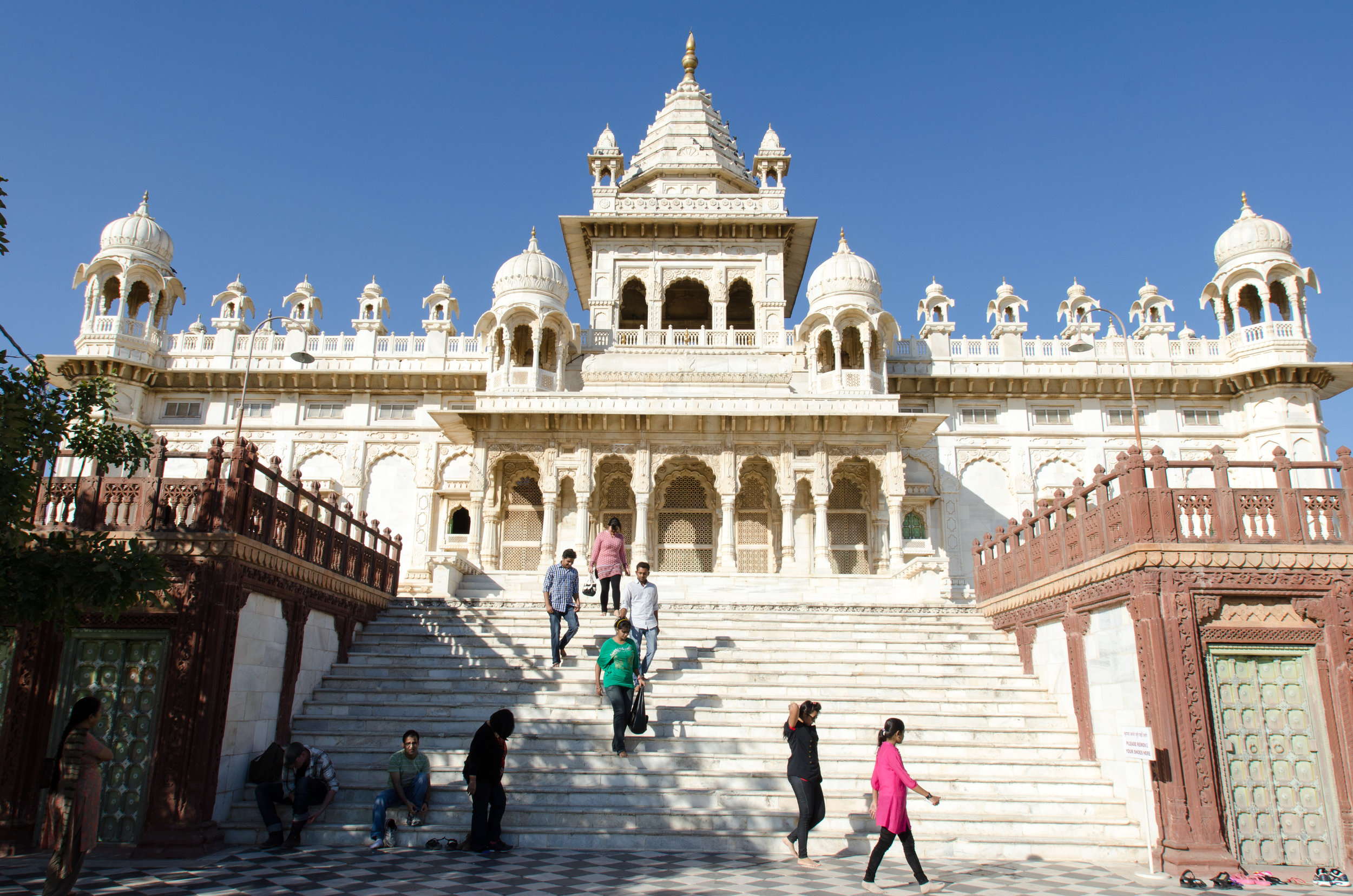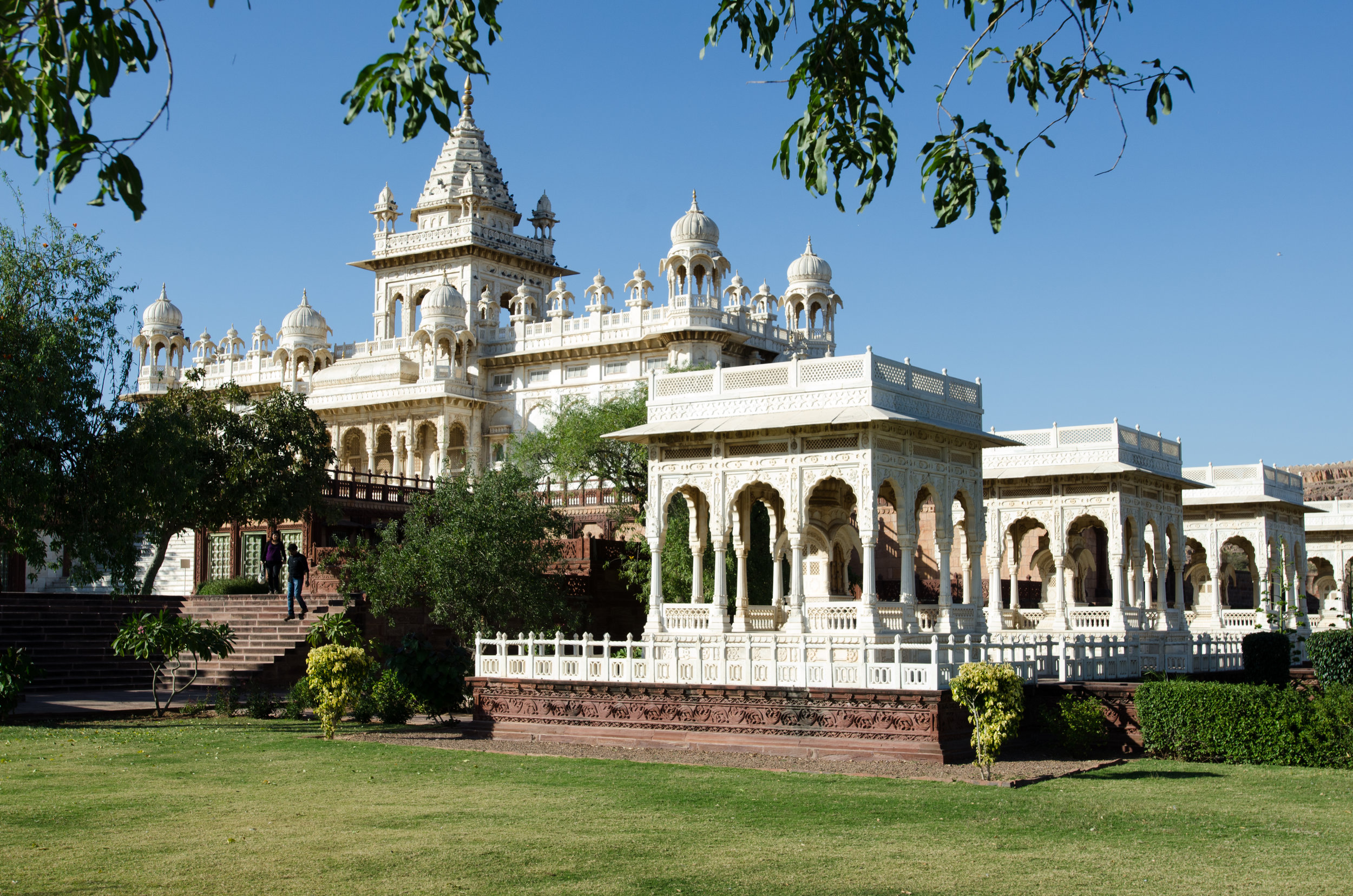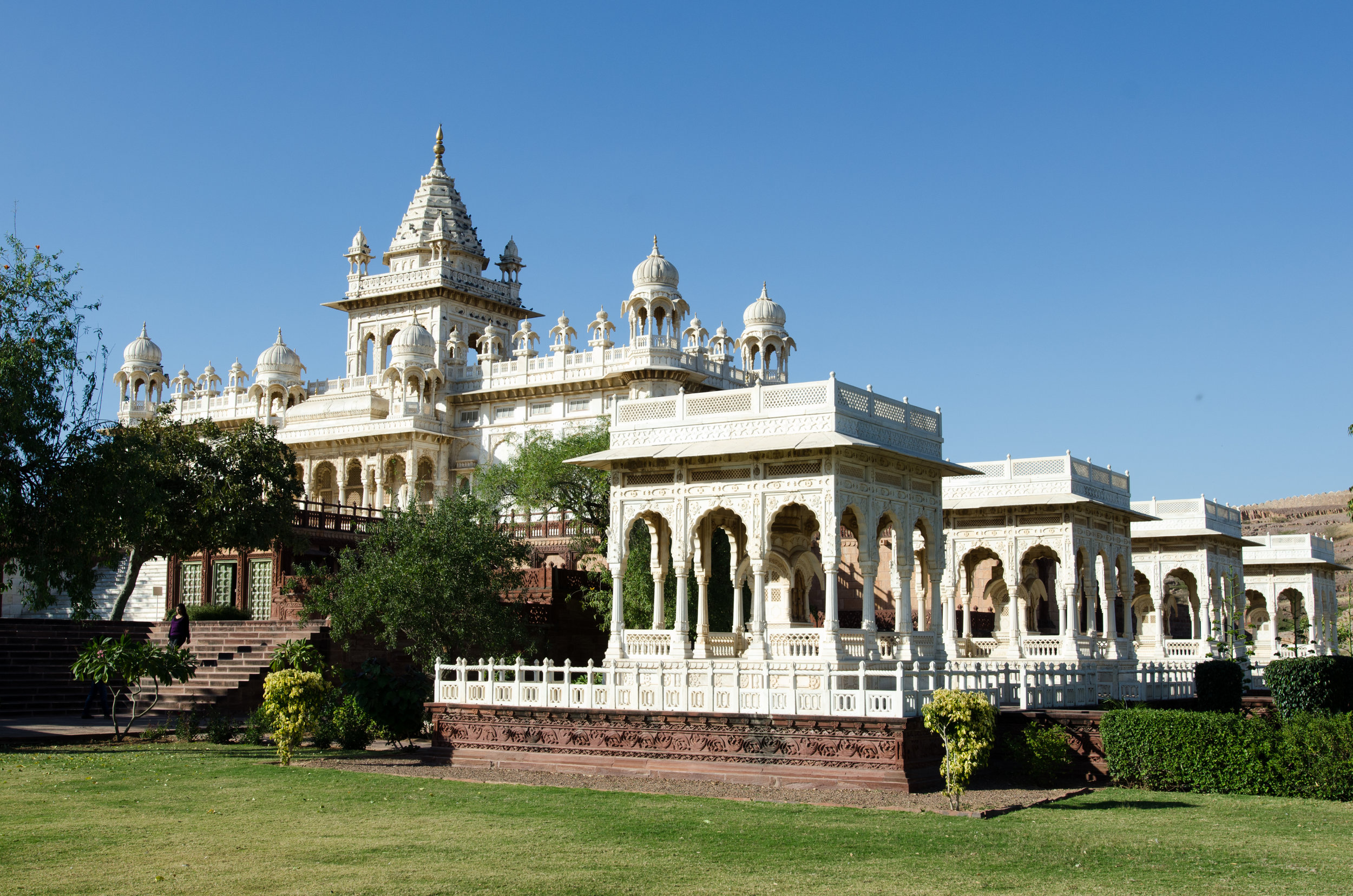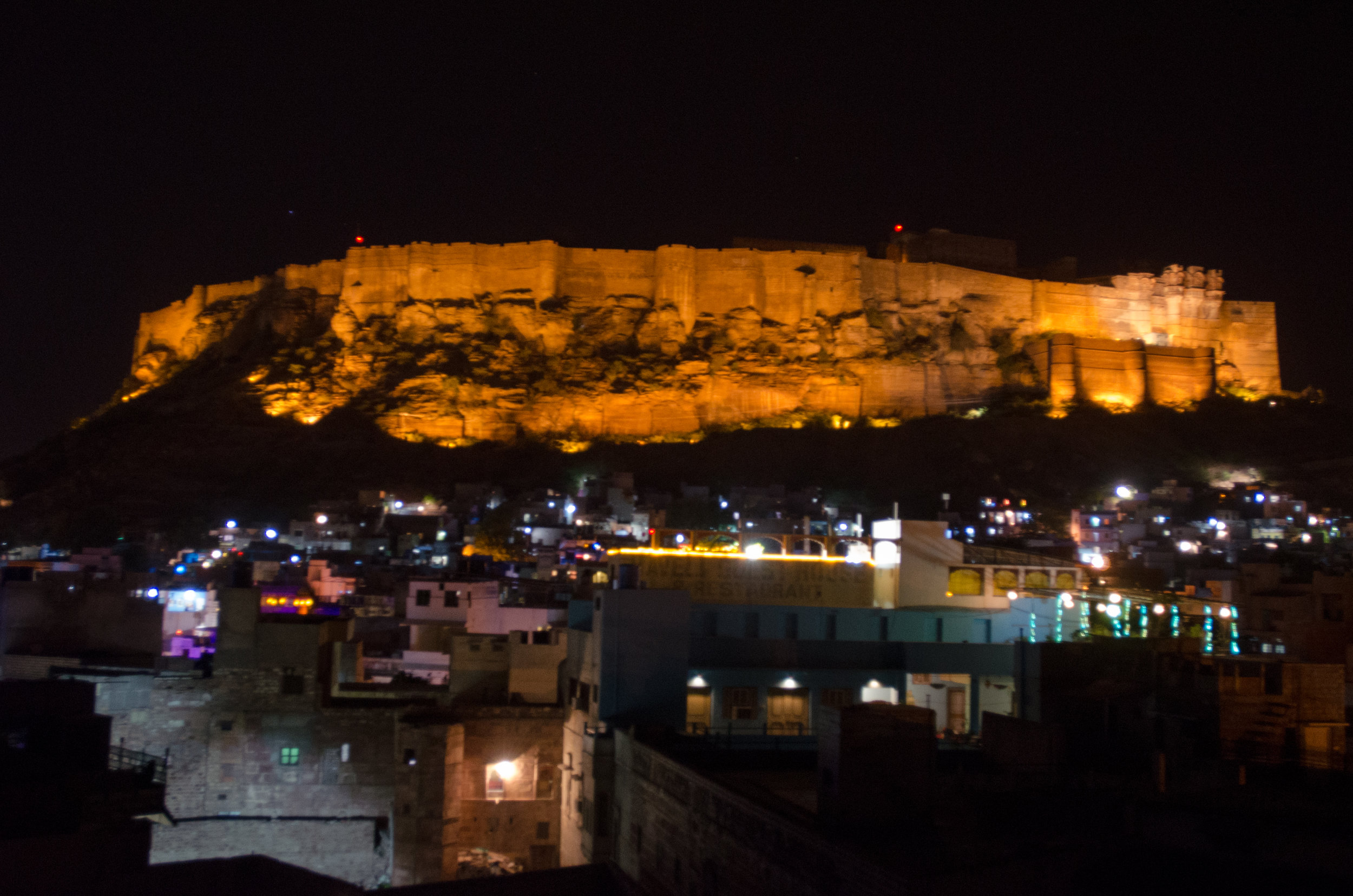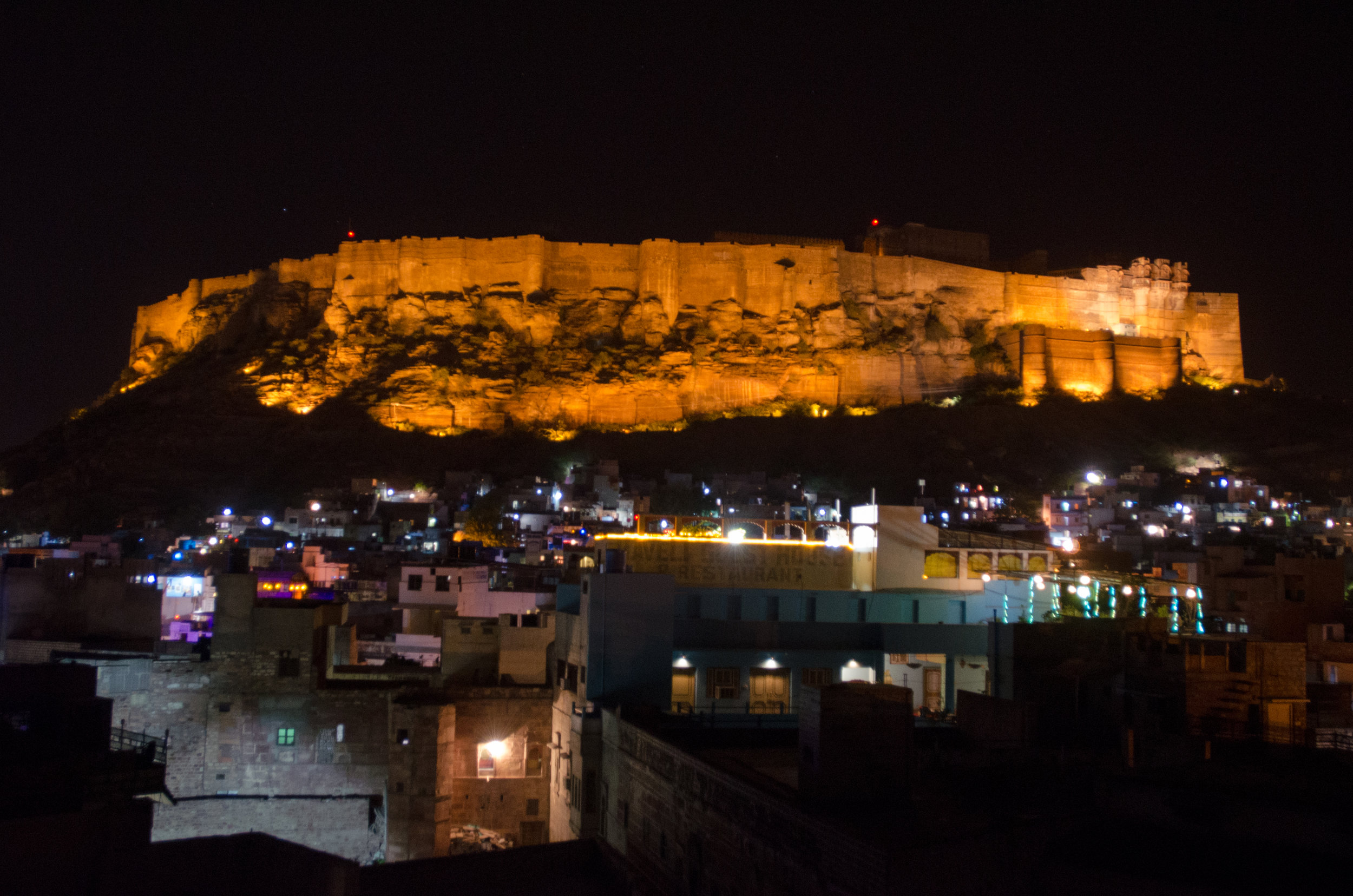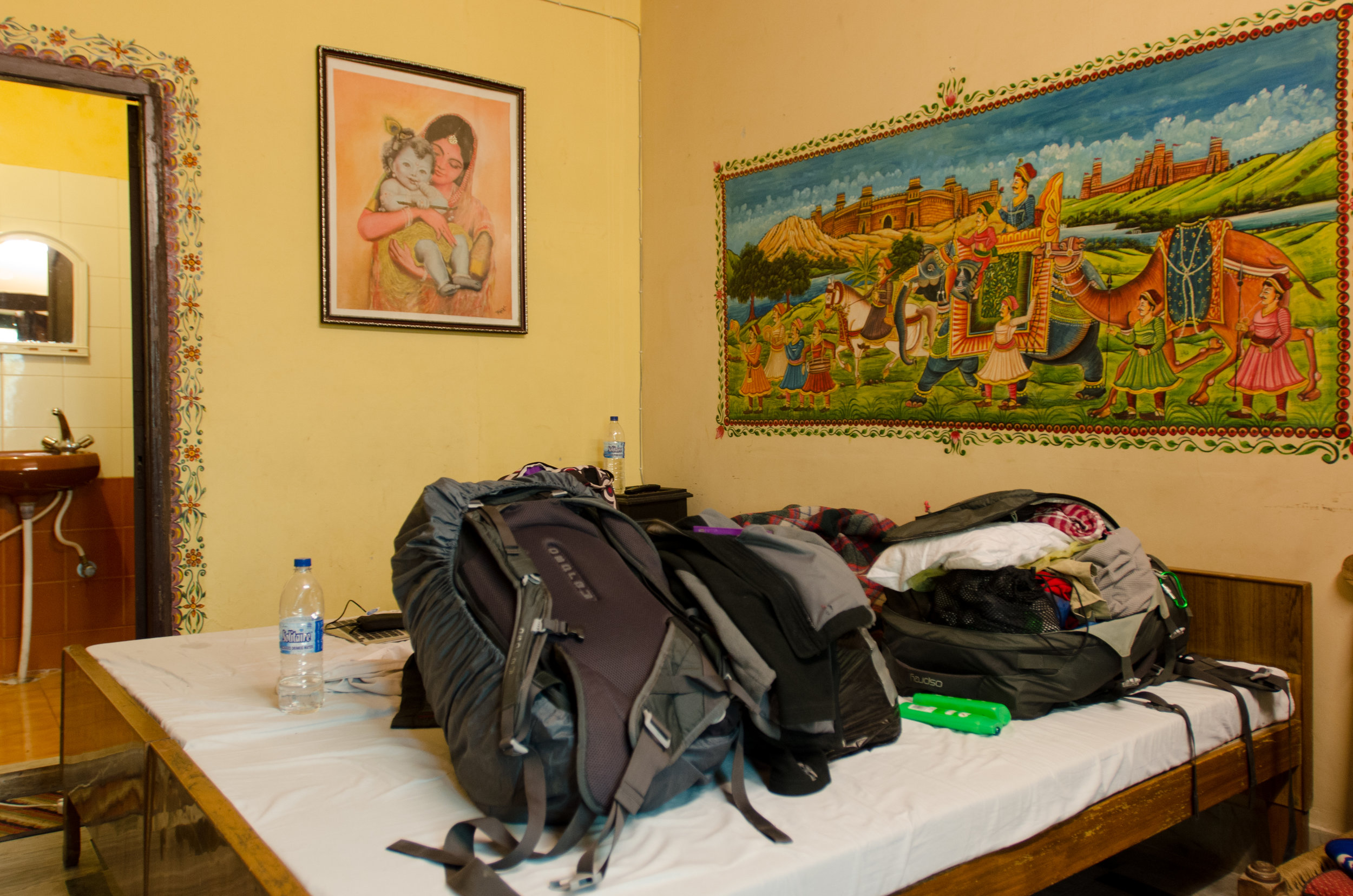Advertisements and posters or even paintings on guesthouse walls for Bishnoi Village Safari tours were everywhere in Jodhpur. Having read about it in our ‘Rough Guide,’ I thought it would be a nice break from our sightseeing routine in the cities on our route through Rajasthan. And it was. It wasn’t the most intense ”safari,” but it was a lovely break. It was also a great change of pace from the rickshaw grind, instead we climbed into the back of a jeep and were whisked from one stop to the next.
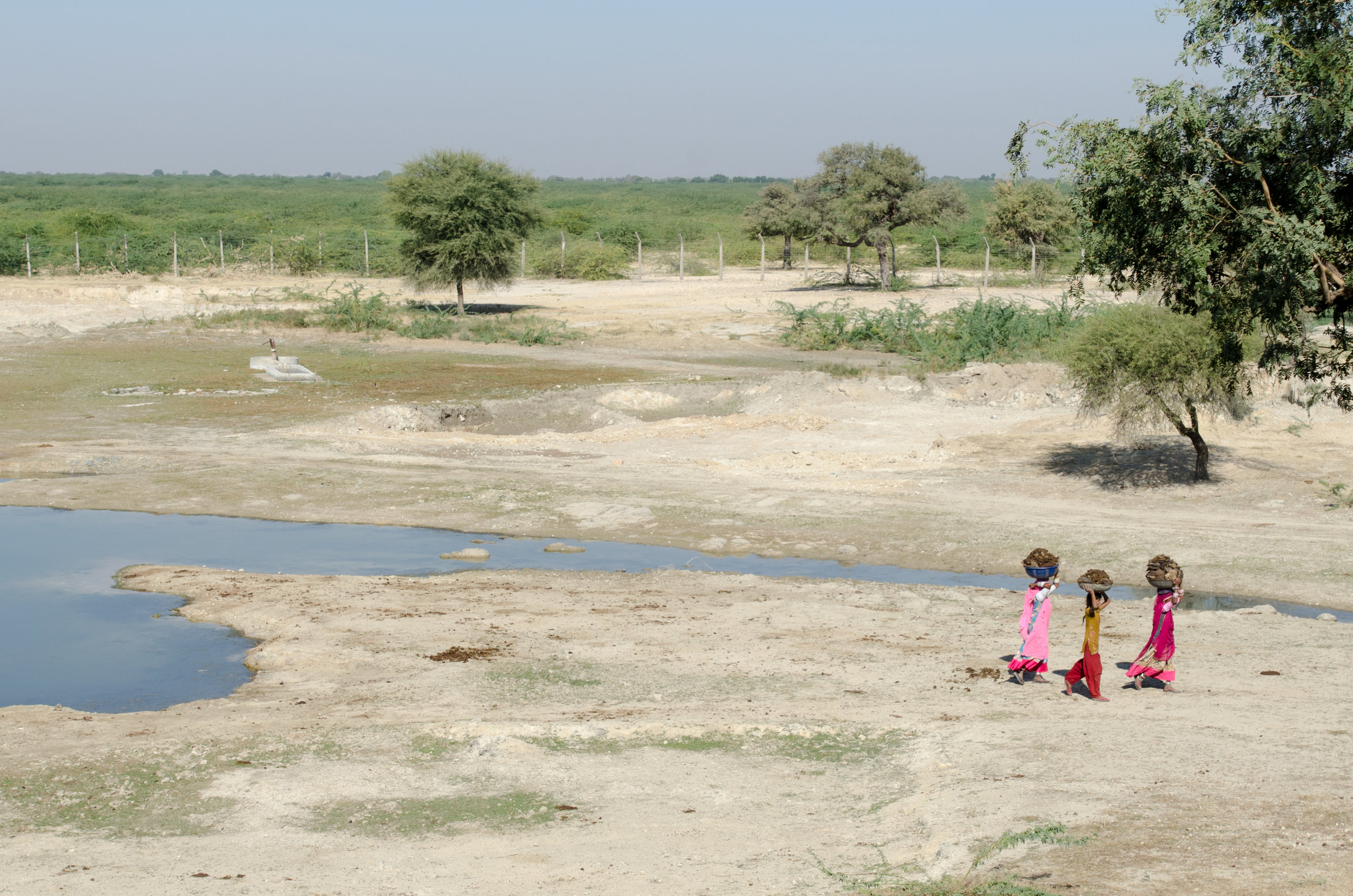
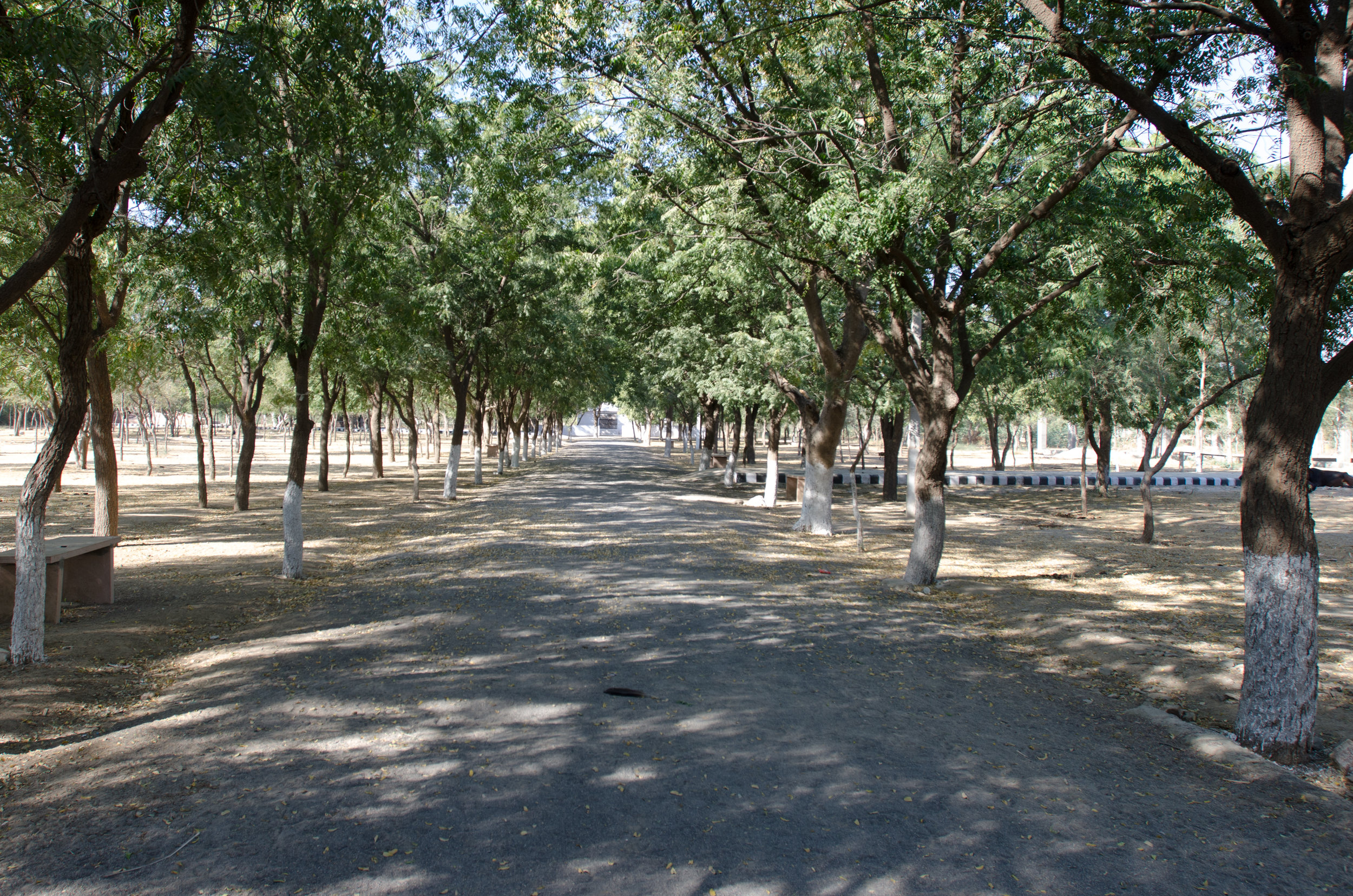
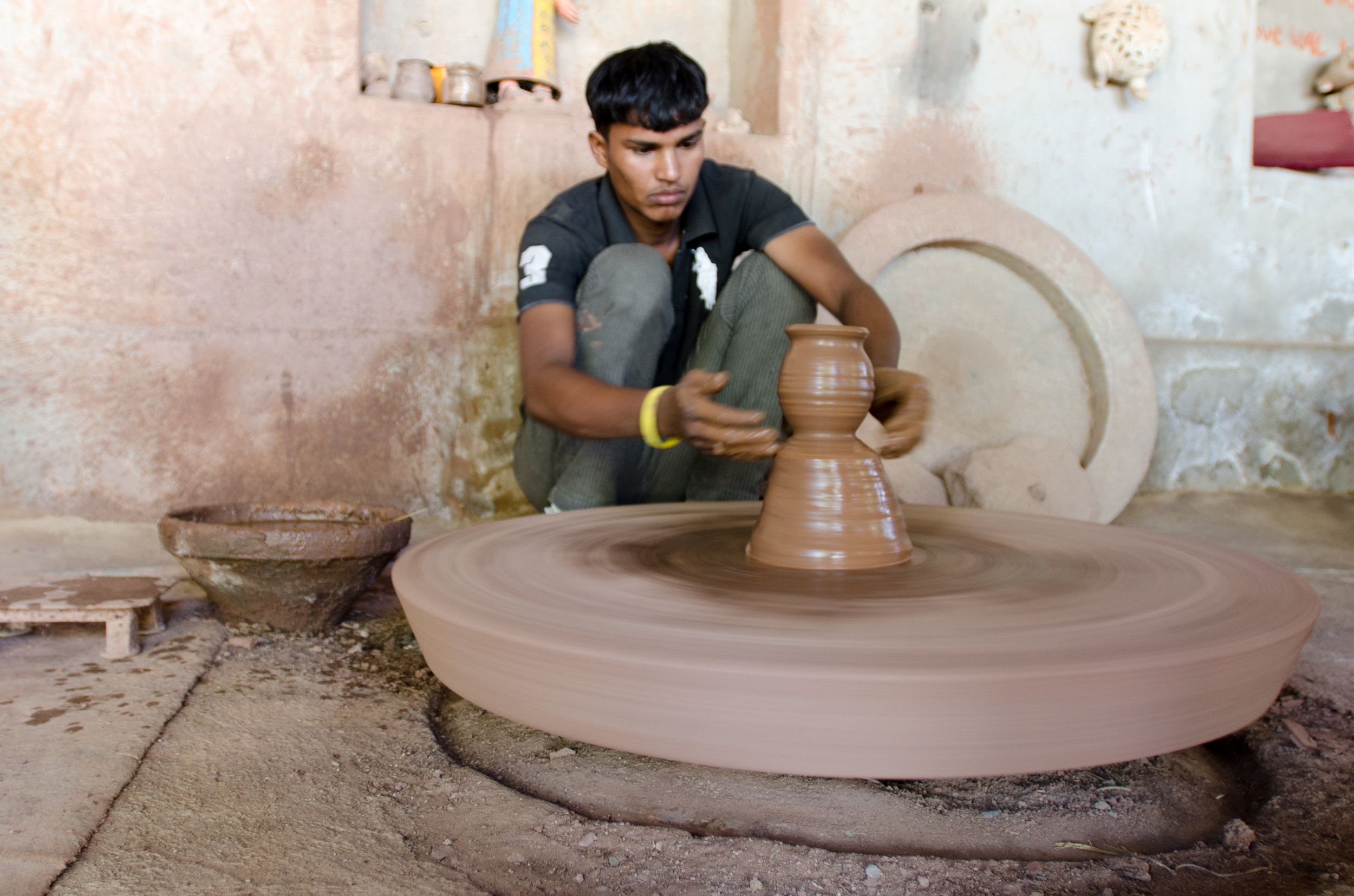

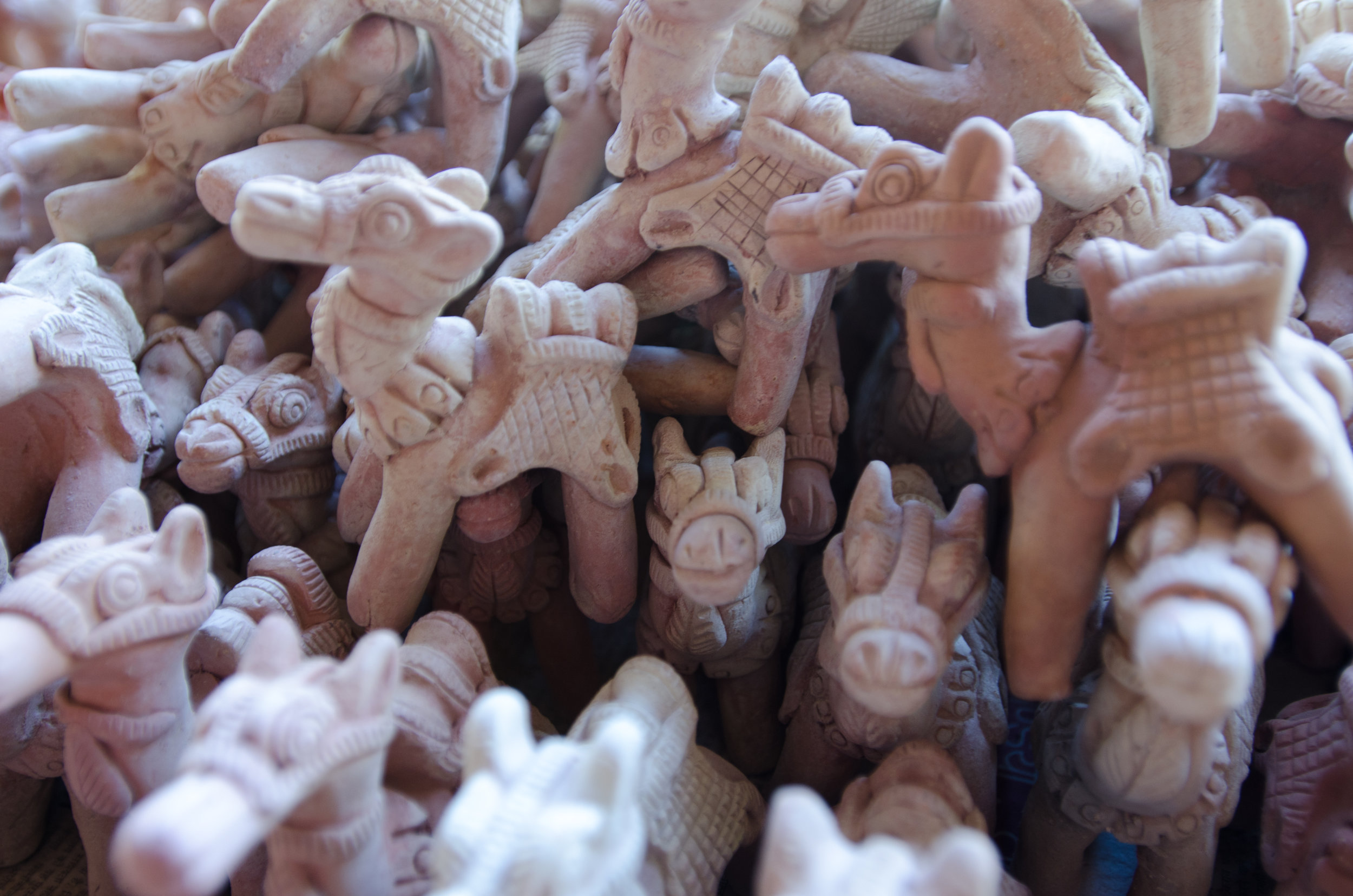
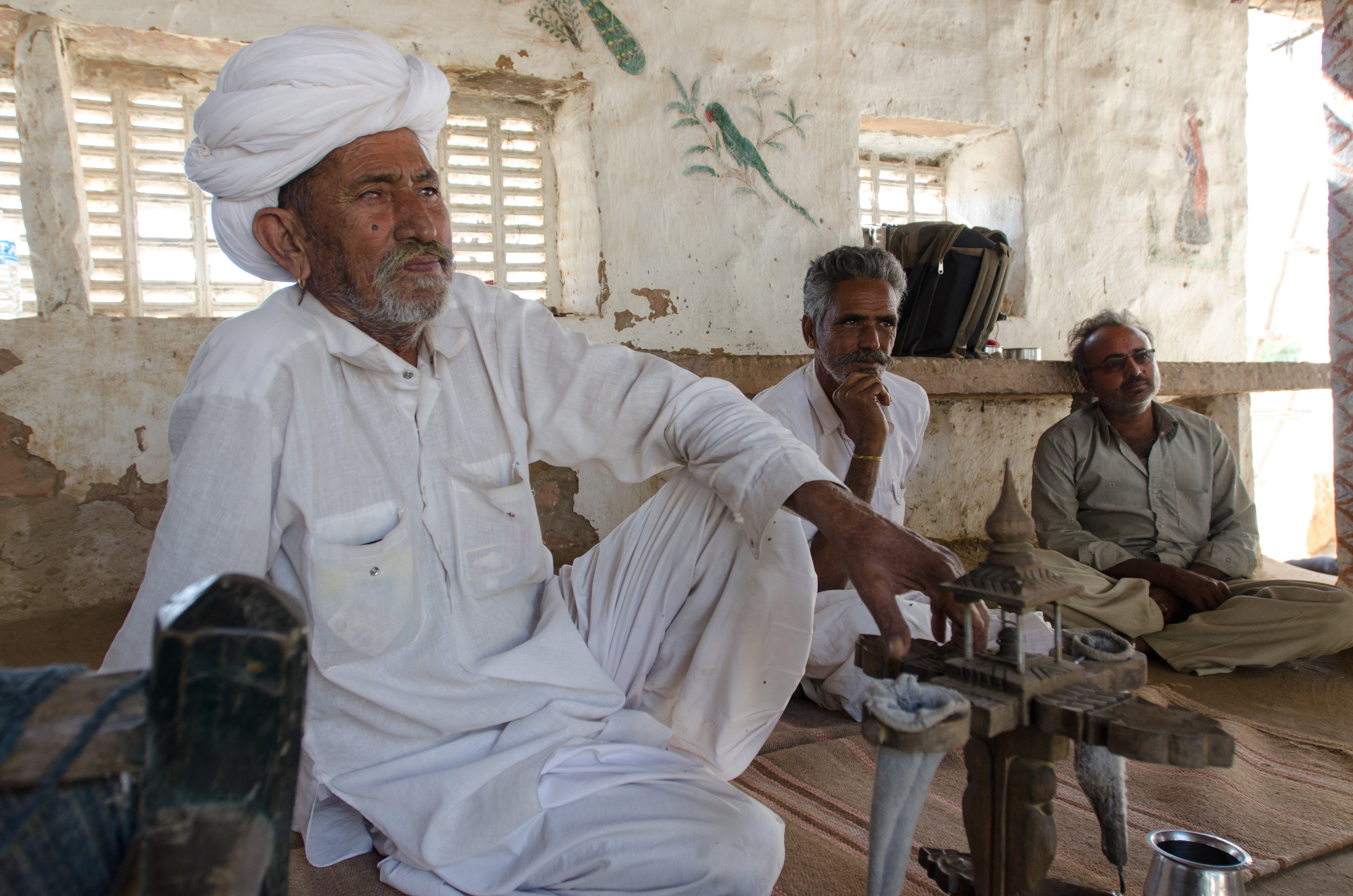
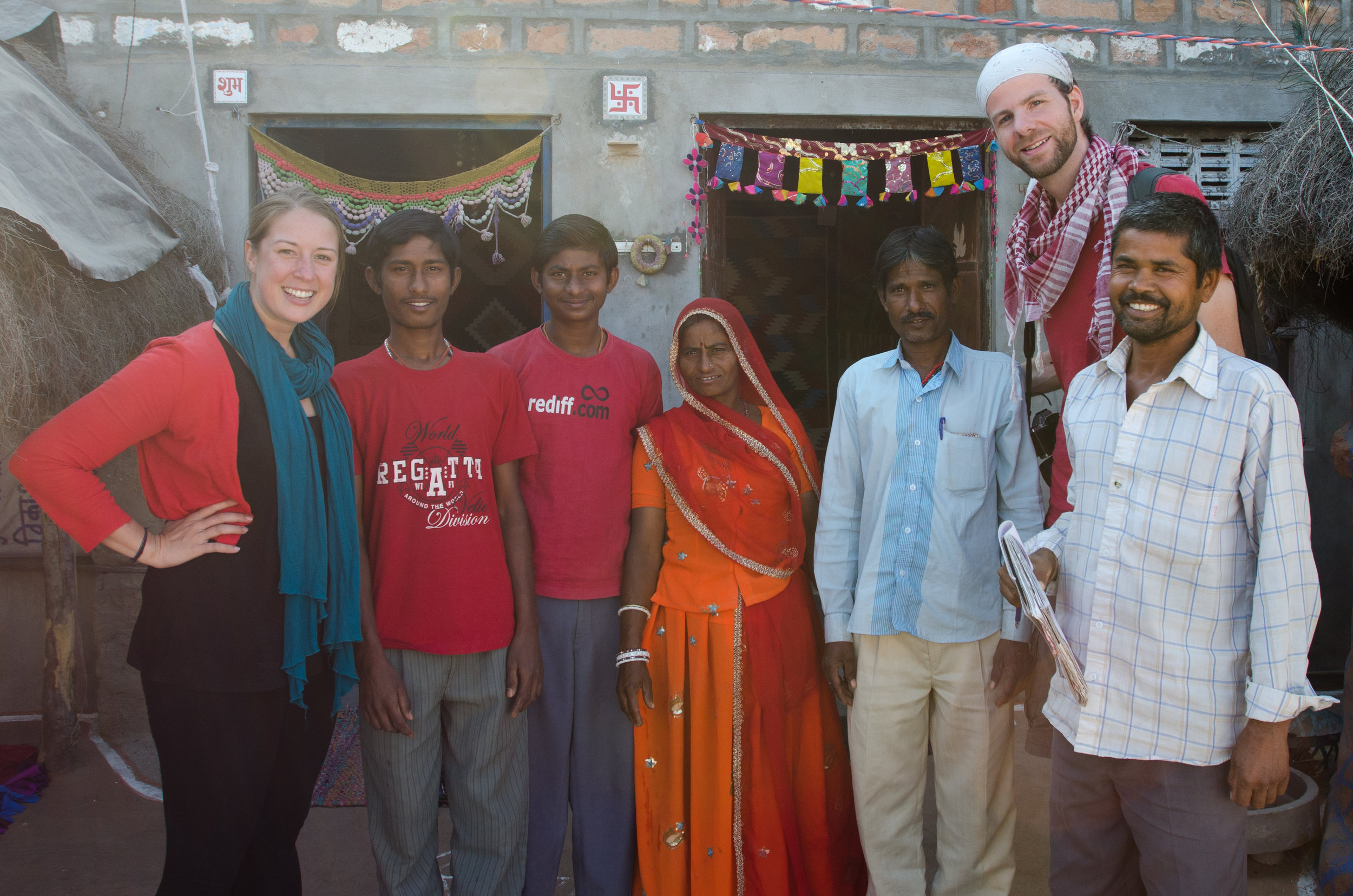
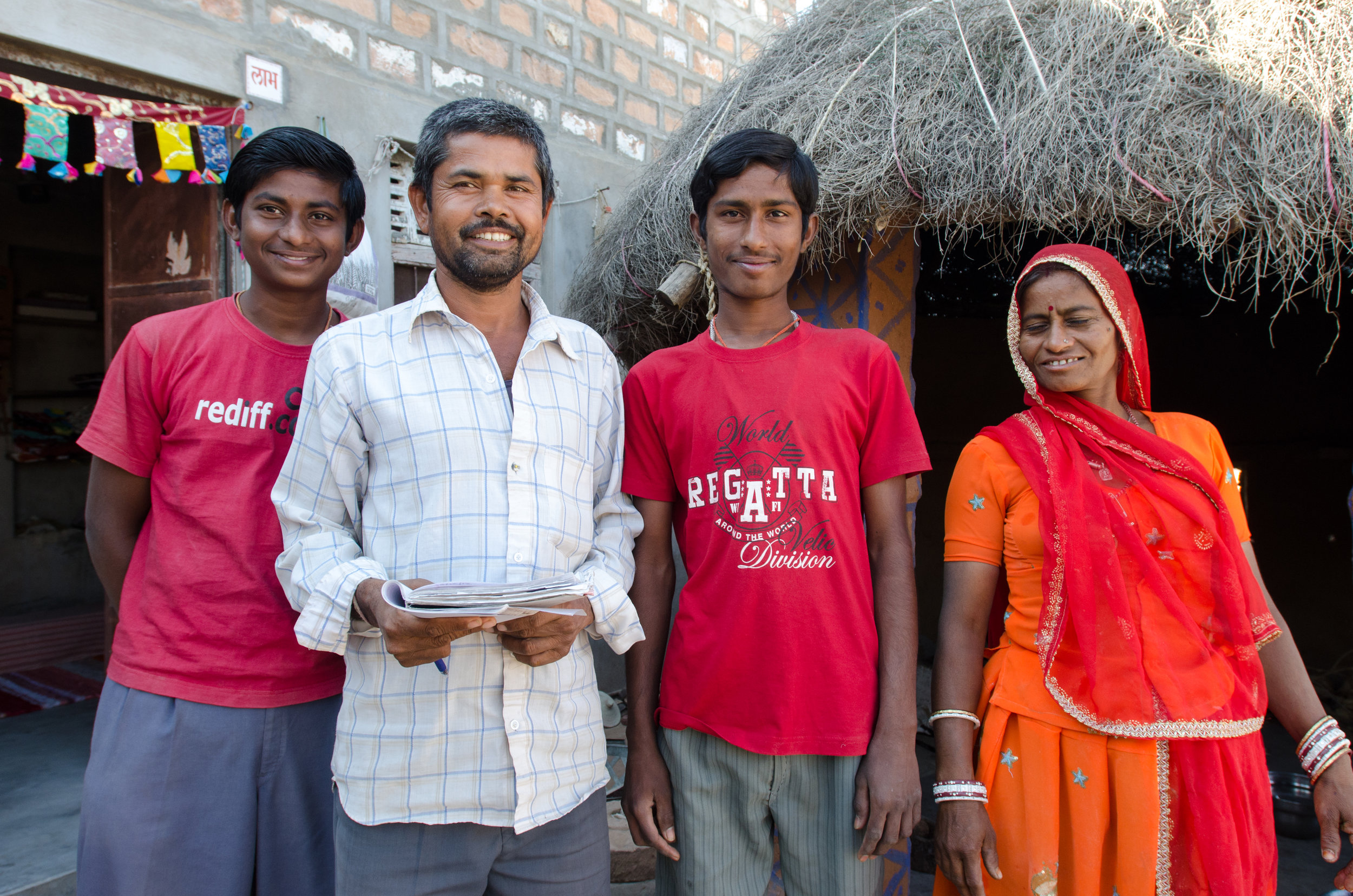
The Bishnois, as my ‘Rough Guide’ describes, “are among the world’s earliest tree-huggers.” In 1485, there was a drought. A guru decided this was caused by deforestation and came up with 29 rules for how to live in harmony with nature. Rules include vegetarianism, not cutting down any trees, and more. Basically they were the first vegans.
In 1730, the maharaja of Marwar sent workers to Khejadali (a small Bishnoi village) to cut down kherjri trees (the most sacred tree to the Bishnois) to use to burn limestone for a palace. A Bishnoi woman, Amrita Devi hugged one of the kherjri trees and told the men sent by the maharaja that if they cut the tree down, they’d have to take her head with it. The men decapitated her. Her three daughters followed suit, hugging trees, and losing their heads. Word spread and the Bishnois from surrounding villages united and hugged 363 trees. (Or so it’s said) All 363 lost their lives trying to protect the sacred trees.
When the maharaja found out, he stopped the fighting and banned cutting down trees and killing animals in the Bishnoi villages. The trees, that you see above are some of those that were saved so many years ago by the Bishnois and it’s the first stop on the Bishnoi Village safari. A road is paved through the trees and there’s a small monument at one end, but it’s nothing fancy.
The second stop was a wildlife observatory where we were handed binoculars to see ‘black bucks’ as they were described to us. I was more fascinated watching the women hunt for cow pies around the water reservoir. The cow droppings are used for fuel. In Nepal, a woman walked past us in the street carrying a steaming pile. Lit’rally. Steaming. Andrew said he watched her pick it up right after the cow had left it there. I think the Indian women had a better idea, collecting it after it was dried. Much better too, for when it goes on top of your head to carry it home!
We had read that some of the places we were going to felt a bit like a trip to a shop where the driver gets commission. I can see how it would have felt like that, if our guide, Push, was not so adamant that we didn’t have to buy anything we didn’t want! Instead, I made a pot, and admired very pretty sheets- that I definitely wanted, but didn’t have any room for.
After the pottery and printmaking shop visits, we went to a carpet maker’s house. Now obviously, if I didn’t have room for a sheet or two, I most definitely didn’t have room for a carpet. But. The carpet maker was probably my favorite to talk to. I’m sad I don’t have a photo of him, and the video where he was talking about how auspicious the day 12/12/12 decided to focus on Andrew’s knee instead…
The carpet maker had an air of artist-meets-professor-meets-astrologer (or something like that) about him and as Andrew said later, “He really liked the word auspicious!” He was right though. It WAS auspicious that it was our 100th day on 12/12/12. We all agreed and smiled at our good fortune.
Towards the end of the Bishnoi village safari, we went to a Bishnoi village house where we were given sesame treats, played with puppies, and watched an opium tea ceremony. I kinda thought we would get to partake in the opium tea ceremony, but as Andrew said later, “They bogarted the tea!”
Our last stop was to another family’s house where we ate a traditional Bishnoi meal, and I made the faux pas of eating with my left hand. The men laughed and shrugged it off, but I sat on my left hand for the rest of the meal. (You see, the right hand is for eating, and the left is for ‘unsavory functions’ like bathroom and cleaning obligations.) Somehow, this little rule slipped through my fingers for the first two weeks of our trip through India!
If you’re interested in a Bishnoi Village safari, I recommend going through Jodhpur Safari and specifically asking for Push! He was great to talk to throughout the trip and wasn’t phased when I asked him personal questions about him, his family, and India in general!
After the Bishnoi Village safari, we grabbed our bags and made for another bus- this time to Jaisalmer.
